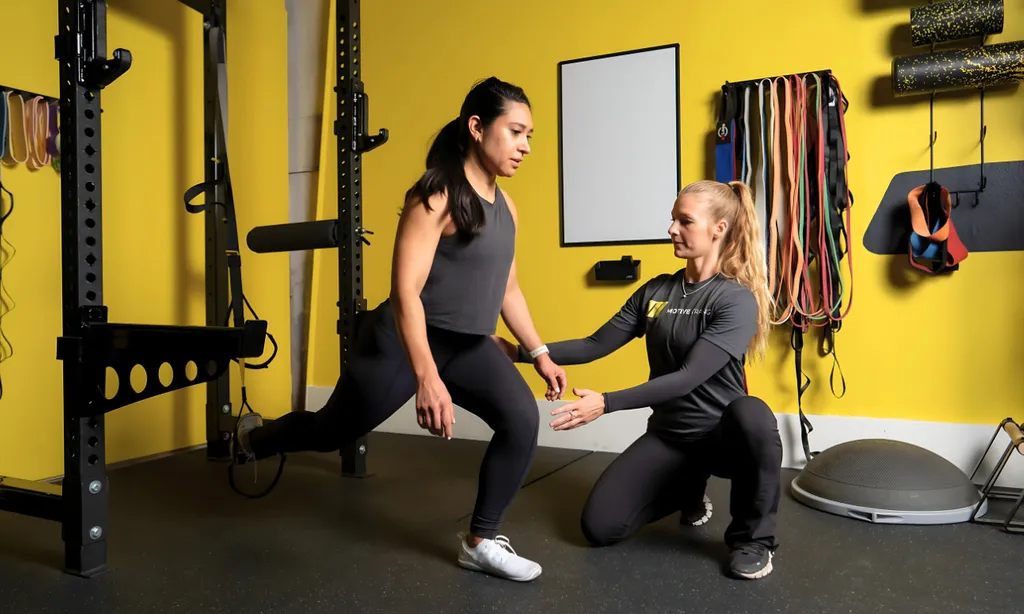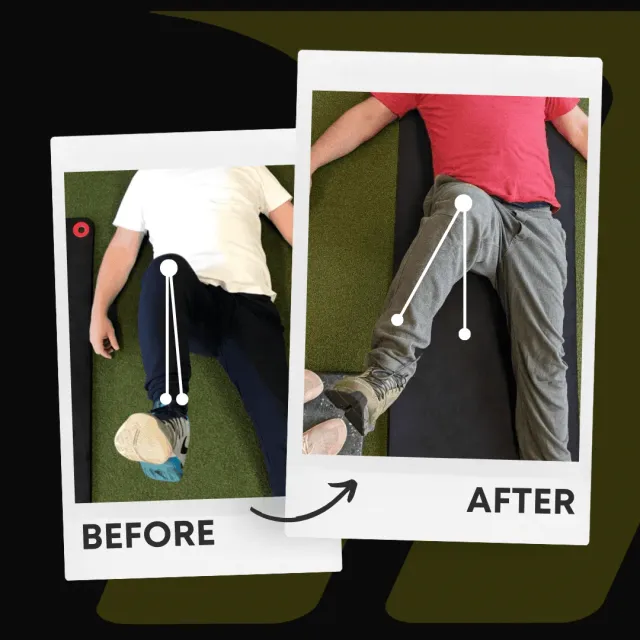How to Find The Perfect Gym Trainer Near Me For Mobility Training
March 4, 2025 | Personal Training

Searching for a “gym trainer near me” is easy. But if you care about how you move, it’s not just about finding any trainer—it’s about finding the right one. Mobility training requires more than general fitness know-how. It takes a deep understanding of joint function, movement compensation, and how to build long-term resilience in the body.
This guide will show you what to look for in a mobility-focused trainer, how to know if your body needs it, and why finding the right coach can change everything about how you move and feel.
Why Mobility Training Deserves More Attention
Mobility is the foundation of quality movement. It’s your body’s ability to actively control a joint through its full range of motion. Without mobility, strength and coordination fall apart. You might still be able to squat, hinge, push, or pull—but you’ll do it with compensation. That compensation is what leads to the stuff you’re trying to avoid: pain, stiffness, and chronic overuse.
At Motive Training, we’ve worked with hundreds of clients who had “decent” movement patterns on the surface. But once we assessed their joint mobility, we uncovered the deeper issues: missing workspace, limited control, poor joint rotation, or positions they couldn’t own under load. These limitations often go unseen until it’s too late—when someone gets injured, develops chronic tightness, or starts plateauing in training.
That’s why mobility training isn’t optional. It’s essential. And if you want results that last, it has to be part of your plan.
Read more about how Functional Range Conditioning unlocks pain-free living.
What Makes a Great Mobility Coach?
1. They assess before they prescribe.
If a trainer throws you into a warm-up or workout without looking at how your joints actually move, they’re guessing. A mobility coach should take you through a comprehensive assessment that includes active and passive range of motion, compensatory patterns, and tissue behavior under tension. Here’s how we assess clients.
2. They train joints, not just patterns.
Functional training is great. But if the joints inside those patterns aren’t moving well, the patterns fall apart. A good coach understands how to improve joint-specific function—not just make you better at squatting or pressing.
3. They understand progressive overload for mobility.
You don’t gain mobility by holding a stretch and hoping for the best. You need to load the joint in new ranges, apply intent, and create adaptation. That’s what systems like Functional Range Conditioning and PAILs/RAILs are built on.
4. They program mobility like strength.
Mobility isn’t just a warm-up. It needs to be programmed with purpose, periodized over time, and adapted to your needs. You wouldn’t bench press five times a week with no plan—why treat your joints with less care?
5. They integrate mobility into real-world goals.
Mobility training isn’t about isolating you in a corner with bands and tennis balls. It’s about helping you move better in your sport, your lifts, your life. Whether you want to deadlift more, hike longer, or just get off the floor without pain, mobility should support that.
Red Flags: When a Trainer Doesn’t Understand Mobility
- They focus only on stretching.
- They skip assessments.
- They promise quick fixes for pain.
- They can’t explain how joint function connects to movement.
If that sounds familiar, it might be time to reconsider who you’re working with.
Why Most Mobility Work Fails
Because most people try to do it alone.
Scrolling for Instagram mobility routines might give you a few ideas, but without a plan, you’re likely reinforcing the same habits that got you stuck in the first place. Even worse, you might stretch tissues that don’t need to be lengthened and ignore the ones that do.
We see this constantly: someone has tight hamstrings, so they stretch more. But the issue is actually their pelvis, hips, or spine. Without a qualified coach, you’ll waste time chasing symptoms instead of fixing the cause.
That’s why assessments and structured programming matter. If you want to move with purpose, you need more than mobility content—you need mobility coaching.
How to Choose the Right Trainer in Austin, TX
When looking for a South Austin personal trainer, here’s what to ask:
- “How do you assess mobility?”
- “What certifications or systems do you use?”
- “How do you build mobility into strength training?”
- “What results have your clients seen in pain reduction or range of motion?”
Listen for clear answers that involve systems like FRC, KINSTRETCH, rotational capacity, and progressive inputs. Bonus if they mention joint rotation because that’s often the missing link.
Can Online Coaching Work for Mobility?
Absolutely—if it’s personalized.
Programs like KINSTRETCH Online offer a systemized approach to joint health, and many remote clients also get one-on-one coaching via virtual assessments and custom mobility plans. What matters isn’t the format. It’s the strategy.
If you need accountability, structure, and expert feedback, online can work incredibly well. Just make sure your coach understands what to look for and how to guide you safely.
The Long-Term Payoff of a Mobility Coach
Working with a mobility specialist means:
- Fewer injuries.
- Better performance.
- Improved posture and joint control.
- Greater confidence in your body.
It’s not just about feeling better during your workouts. It’s about moving better through your entire life.
Mobility training gives you access—to deeper squats, stronger pulls, better positioning, and a body that holds up under stress. A coach helps you get there faster, safer, and with fewer setbacks.
So, if you’re tired of feeling tight, tired of guessing, and ready to move without compensation, it might be time to stop searching for a gym trainer near you.
Start looking for the right one instead.
Written by

Motive Training Staff
We’ll teach you how to move with purpose so you can lead a healthy, strong, and pain-free life. Our headquarters are in Austin, TX, but you can work with us online by signing up for KINSTRETCH Online or digging deep into one of our Motive Mobility Blueprints.

